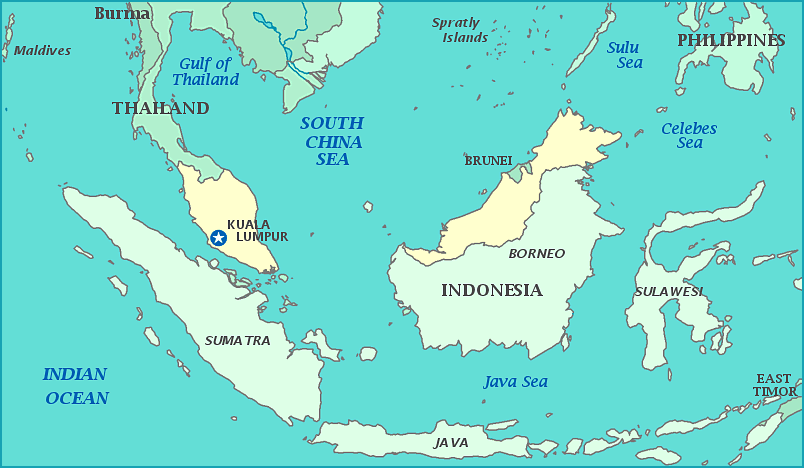The exact translation of the word namaste is “I bow to you” where nam means “bow”, te stands for “to you” and the s is meant to connect these two words. It is very commonly used as greeting and as a means of showing gratitude. In many yoga classes in the west, you will find that it has become a tradition that the students and teachers exchange namastes towards the end to show mutual respect for one another. While doing yoga it is important to understand and learn about all the different phrases used by your teacher in order to get the full essence of the practice.
Namaste in yoga
In India, namaste is used to greet people and is equivalent to hello, which is used in daily conversation. It is a Sanskrit word and people typically nod their heads briefly when they are saying this. Talking about the west, the word namaste is mostly used in Yoga settings to express esteem and thanks. As mentioned above, towards the end, the teacher will usually make you sit in seated position before saying namaste. Namaste a is a word that is very popular all around the world not only because of the yoga practice but also because of people being aware of the Indian culture up to a certain extent.
Traditional Yoga Practice Closing
Usually and often after the end of 3 ohms in Unison, the teacher will say namaste and slightly bow his head and in response the students do the exact same thing. It is important to make it clear that if you’re not doing the same pose or saying the same thing like everyone else towards the end of your class, you will not end up offending anyone because it is highly dependent on your personal differences and wishes.
Teaching each other
Apart from all of these basic interpretation of the word namaste, there are certain other interpretations as well that your teacher may explain to you like, “the light in me honour the light in you” or “the teacher in me about the teacher in you” the essence of the expressions is that one person is grateful for the teachings given by the other person and vice versa.
Position of prayer
The position that you take while saying namaste is taking your palms together. This pose is also called Anjali mudra and it is often wrongly assumed to be something that the people in the West have discovered on their own, but it must be understood that this is not something new and people in different regions like Hinduism Christianism and other religious practices often hold this pose in importance. When it comes to yoga practices the word Anjali is a Sanskrit word which means to “salute” or to “offer hand” Mudra means to “seal.”
Yoga is not at all related to a particular religion and in the same way it is not associated with worshipping of a particular divine being. In the modern world, each and everyone is welcome to perform yoga and gather its advantages. Although it is true that yoga is kind of a gift to the west from the East but the same has been accepted by open arms due to the large range of benefits that accrues from this.























